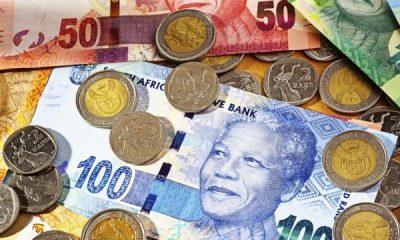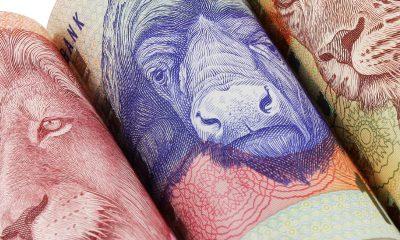411
Food Prices Set to Rise in South Africa Amid Global Uncertainty

South Africans have experienced some relief from food inflation in recent months, but experts warn that rising global uncertainty could drive prices up again in the coming months.
According to Anchor Capital economist Casey Sprake, food inflation in South Africa is expected to increase gradually but will not reach the high levels of 2022 and 2023.
The Recent History of Food Inflation in South Africa
- In 2022, food inflation peaked at 7.8%, one of the highest levels in years.
- In 2023, inflation rates began to decline but remained above 4% for most of the year.
- By September 2024, food inflation fell below 4% for the first time in years.
- In October 2024, it dropped to 2.8% but has since shown signs of rising again.
Why Food Prices Are Rising Again
Despite its strong agricultural sector, South Africa remains a net importer of food, making local prices highly sensitive to global market conditions. Sprake highlighted several key factors influencing food inflation in South Africa:
1. Global Geopolitical Conflicts
Conflicts worldwide have disrupted key supply chains and increased global food prices:
- The Russia-Ukraine war significantly impacted international grain and food markets in 2022, leading to a sharp spike in South African food prices.
- The ongoing Israel-Gaza conflict has disrupted key shipping routes, including the Suez Canal and the Red Sea, which are essential for transporting imported goods to South Africa.
2. Currency Volatility and the Rand
The strength of the South African rand plays a crucial role in determining food costs. Because South Africa imports a large share of its food, a weak rand increases prices.
Potential threats to the rand include:
- US President Donald Trump’s potential return in 2025, which could bring new tariffs and global economic uncertainty.
- South Africa’s Expropriation Act, which has drawn international criticism and could impact foreign investment.
- The Government of National Unity (GNU), which has created optimism but also raises concerns about long-term political stability.
3. Global Trade and Tariffs
If Trump reintroduces trade tariffs, this could further weaken the rand and make imported food even more expensive for South Africans.
Sprake warns that “the direction of the exchange rate will be a key determinant of how our food inflation environment evolves over the coming months.”
Is There Any Relief in Sight?
Despite these challenges, some factors could help keep food inflation in check:
- A strengthening rand would ease import costs and lower food prices.
- South Africa’s agricultural sector remains robust, meaning local production could offset some import costs.
- If global conflicts stabilize, supply chains could return to normal, reducing price pressures.
What Should South Africans Expect?
While food inflation is expected to rise, it is unlikely to reach the extreme levels seen in 2022 and 2023. The key factors to watch include global geopolitical stability, exchange rate movements, and US trade policies.
South Africans should prepare for gradual price increases, particularly for imported goods, and keep an eye on economic trends that could influence inflation in the coming months.
Follow Joburg ETC on Facebook, Twitter , TikTok and Instagram
For more News in Johannesburg, visit joburgetc.com



























